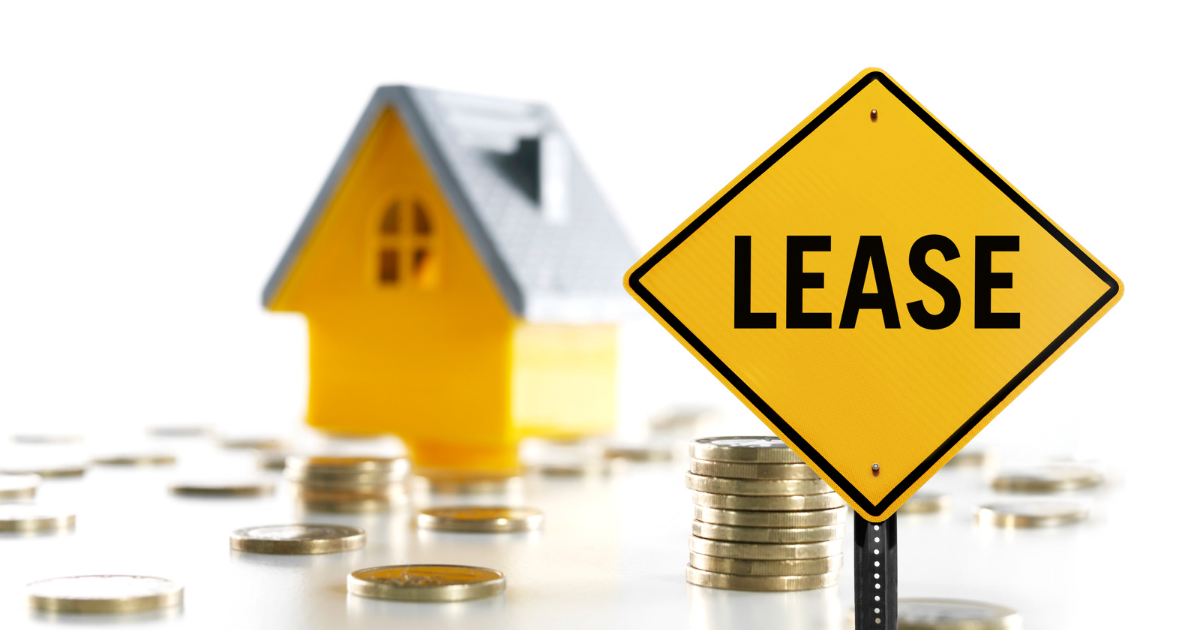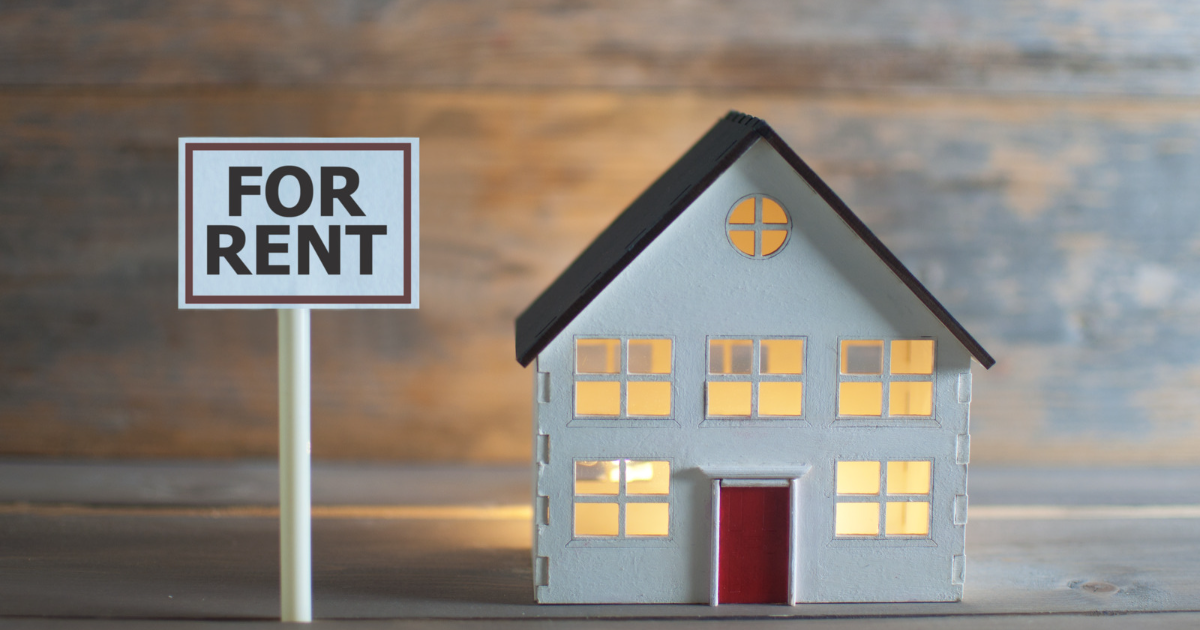Table of Contents
As a potential tenant, you may have come across the terms “lease” and “rent” when searching for a place to live. Although the two are often used interchangeably, there are significant differences between the two concepts. In this article, we will explore the primary difference between lease and rent.
What is a Lease?

A lease is a contractual agreement between a landlord and a tenant, which gives the tenant the right to occupy the property for a specific period, usually one year or more.
The lease agreement outlines the terms and conditions of the tenancy, including the rent amount, payment schedule, security deposit, maintenance and repairs, and other important details.
Understanding Lease Agreements
A lease agreement is a legal document that outlines the terms and conditions of the tenancy and is binding on both parties. It typically includes the following information:
- Names and addresses of the landlord and tenant.
- Rental property description
- Lease term (start and end dates)
- Rent amount and payment schedule.
- Security deposit amount and conditions for its return
- Provisions for late payments, early termination, and renewal options
- Responsibility for maintenance and repairs
- Rules and regulations for the property
Types of Leases
There are several types of lease agreements, including:
- Fixed-term lease: A lease agreement for a specific period, such as one year or two years, with a predetermined end date.
- Month-to-month lease: A lease agreement that automatically renews each month until either the landlord or tenant gives the notice to terminate.
- Sublease: A lease agreement between a tenant and a third party, where the third party takes over the lease for a specified period.
Pros and Cons of Leasing
Leasing has both advantages and disadvantages for both landlords and tenants. Some of the pros of leasing include:
- Stable rental income for landlords
- Long-term housing stability for tenants
- Protection against rent increases during the lease term
- Option to renew the lease at the end of the term.
However, there are also some cons of leasing, including:
- Less flexibility for tenants to move out before the end of the lease term.
- Responsibility for maintenance and repairs may fall on the tenant.
- Rental rates may be higher than market rates in some areas.
What is Rent?

Rent is the amount of money a tenant pays a landlord for the right to occupy a property. Rental agreements are typically shorter than lease agreements and can be as brief as a month-to-month agreement.
Understanding Rental Agreements
A rental agreement is a legal document that outlines the terms and conditions of the tenancy and is binding on both parties. It typically includes the following information:
- Names and addresses of the landlord and tenant.
- Rental property description
- Rental period (start and end dates)
- Rent amount and payment schedule.
- Security deposit amount and conditions for its return
- Provisions for late payments and early termination
- Responsibility for maintenance and repairs
- Rules and regulations for the property
Types of Rentals
There are several types of rental agreements, including:
- Single-room rental: A rental agreement where the tenant rents only one room in a shared living space.
- Short-term rental: A rental agreement for a property rented out for a few days or weeks, often used for vacation or travel purposes.
- Furnished rental: A rental agreement for a property that comes fully furnished with appliances, furniture, and other amenities.
Pros and Cons of Renting
Renting also has both advantages and disadvantages for both landlords and tenants. Some of the pros of renting include:
- Flexibility to move out at the end of the rental period.
- Responsibility for maintenance and repairs usually falls on the landlord.
- Rental rates may be lower than lease rates in some areas.
However, there are also some cons of renting, including:
- Less long-term housing stability for tenants
- Rental rates may increase at the end of each rental period.
- No option to renew the rental agreement at the end of the period.
Difference Between Lease and Rent

While lease and rent may seem similar, there are some significant differences between the two concepts. Here are some of the key differences:
Length of Agreement
Leases are typically longer than rental agreements. A lease agreement can be for a year or more, while rental agreements can be as brief as a month-to-month agreement.
Renewal Options
Lease agreements usually offer the option to renew the lease at the end of the term, while rental agreements do not. This gives tenants more long-term housing stability with a lease agreement.
Rent Increases
Rent increases during a lease agreement are generally not allowed unless specified in the lease agreement. In a rental agreement, the landlord may increase the rent at the end of each rental period.
Responsibility for Maintenance and Repairs
Lease agreements usually place the responsibility for maintenance and repairs on the tenant, while rental agreements place the responsibility on the landlord. This makes leasing more suitable for tenants who prefer to have more control over their living space and are willing to take on more responsibility.
Conclusion of Difference Between Lease and Rent

In summary, leasing and renting are options for tenants looking for a place to live, but they differ in important ways. A lease agreement offers long-term housing stability and gives tenants more control over their living space, but also places more responsibility on the tenant.
A rental agreement is more flexible, with less responsibility for the tenant, but may offer less long-term housing stability. Understanding the differences between the two can help tenants make an informed decision about which option is best for them.
FAQs
Is leasing or renting better?
It depends on the individual’s circumstances and preferences. Leasing is typically more suitable for individuals who want long-term housing stability and don’t mind being committed to a fixed-term contract. Renting, on the other hand, is more flexible and allows tenants to move more freely.
Can you negotiate rent with a landlord?
Yes, it is possible to negotiate rent with a landlord. However, it ultimately depends on the landlord’s willingness to negotiate and the local market conditions. It’s important to do your research and present a reasonable proposal that is backed by comparable rental rates in the area.
Can a landlord increase the rent during a lease agreement?
Generally, a landlord cannot increase the rent during a lease agreement unless the lease explicitly allows for rent increases. However, once the lease agreement expires, the landlord may increase the rent for the next lease term.
Can a tenant terminate a lease agreement early?
It depends on the terms of the lease agreement. Some lease agreements may allow for early termination with certain conditions, such as paying a fee or finding a replacement tenant. However, breaking a lease agreement without permission could result in legal consequences and financial penalties.
How much notice must a landlord give to terminate a lease agreement?
The notice period required by a landlord to terminate a lease agreement may vary depending on state or local laws and the terms of the lease agreement. Generally, landlords are required to provide written notice of termination to tenants a certain number of days before the end of the lease term or before requesting that the tenant vacate the property. It’s important to review the lease agreement and local laws to understand the specific requirements.
